When polyarteritis nodosa isn’t PAN: Two cases of mimics, segmental arterial mediolysis (SAM) & vascular Ehlers-Danlos syndrome (vEDS), are explored.
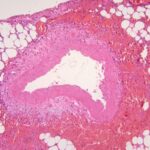

Shane Murray, BMBS, RhMSUS, Zhe Ran Duan, MD, PhD, & Daniel DeMizio, MD |
When polyarteritis nodosa isn’t PAN: Two cases of mimics, segmental arterial mediolysis (SAM) & vascular Ehlers-Danlos syndrome (vEDS), are explored.
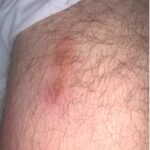
Vania Lin, MD, MPH, Rebecca Johnson, MD, & Lisa Suter, MD |
Polyarteritis nodosa (PAN) is a necrotizing vasculitis, predominantly involving medium-sized arteries, that causes systemic disease, and, less commonly, cutaneous-limited disease. The population prevalence for PAN ranges from 2 to 33 per million.1-3 Estimates vary due to the increased recognition and classification of other forms of vasculitides over time and variation in the regional prevalence of…
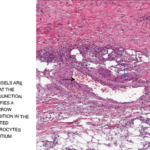
Hannah Krebsbach, MD, Ileannette Robledo Vega, MD, Nirupa Patel, MD, & Nkechinyere Emejuaiwe, MD, MPH |
Polyarteritis nodosa (PAN) is a systemic necrotizing vasculitis that typically affects medium-sized muscular arteries. The clinical subsets of PAN are idiopathic, generalized, secondary hepatitis B virus (HBV) associated and cutaneous PAN. These clinical subsets are important because of their therapeutic implications. Virtually any organ system can be affected in generalized PAN, but this vasculitis tends…

Michael Putman, MD |
Jason Springer, MD, MS, served as one of the lead authors of the ACR/VF guidelines for polyarteritis nodosa (PAN), and talks about the recommendations specific to PAN here.
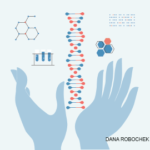
Bryn Nelson, PhD |
A large, international team of rheumatologists, geneticists, hematologists and other researchers has discovered a severe inflammatory syndrome linked to an acquired genetic mutation in the bone marrow of older men. The X-linked syndrome, they found, is caused by a somatic mutation in myeloid stem cells that hobbles the master regulator of a pathway tasked with…
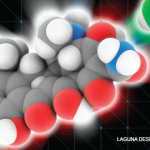
Martin Garber, DO, & David Fivenson, MD |
Ironically, chronic exposure to minocycline has also been associated with a variety of autoimmune syndromes, including drug-induced lupus, autoimmune hepatitis, serum sickness and vasculitis.1 Minocycline is associated with an 8.5-fold increased risk of drug-induced lupus.2 Minocycline and nitrofurantoin are implicated in 90% of cases of drug-induced autoimmune hepatitis.3 Minocycline-induced vasculitis is much less common and,…

Naveen Raj, DO, & Lisa Duncan, MD |
Hepatitis B virus (HBV) associated polyarteritis nodosa (PAN) is an increasingly rare vasculitis in developed countries due to advances in HBV vaccination and antiviral therapy. However, the condition does persist, and rheumatologists should consider it when evaluating vasculitis cases. Below, we discuss a case that illustrates the varied clinical presentations PAN can encompass. A high…

CHICAGO—Reproductive health can be a concern for patients with rheumatic diseases, and practitioners in both disciplines often work closely together. The Reproductive Health in Rheumatic and Musculoskeletal Diseases Guideline, a draft of new clinical recommendations developed by an ACR-convened group for pregnant women, post-menopausal women, lactating women, and women and men trying to conceive or…

BETHESDA, MD—Rheumatologists from the National Institutes of Health (NIH) and from Jerusalem, Israel, have identified deficiency of adenosine deaminase 2 (DADA2) as an important cause of familial polyarteritis nodosa, which tends to present in childhood and can manifest with hematologic, immunologic and inflammatory signs, says Chip Chambers, MD, founder and president of the DADA2 Foundation….

In 1866, Adolf Kussmaul, an internist, and Rudolf Maier, a pathologist, published the classic characterization of what eventually became known as polyarteritis nodosa.1 It was the first scientific clinical characterization of a noninfectious vasculitis. As such, it became a paradigmatic point of contrast to other types of vasculitides that were later described. Their description also…